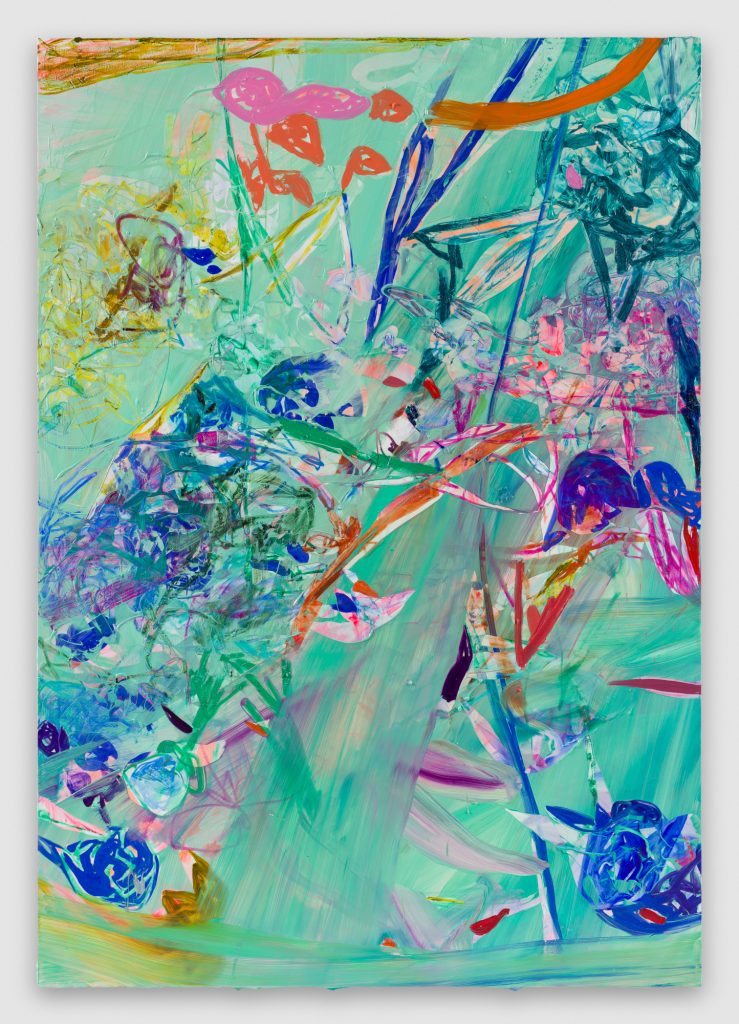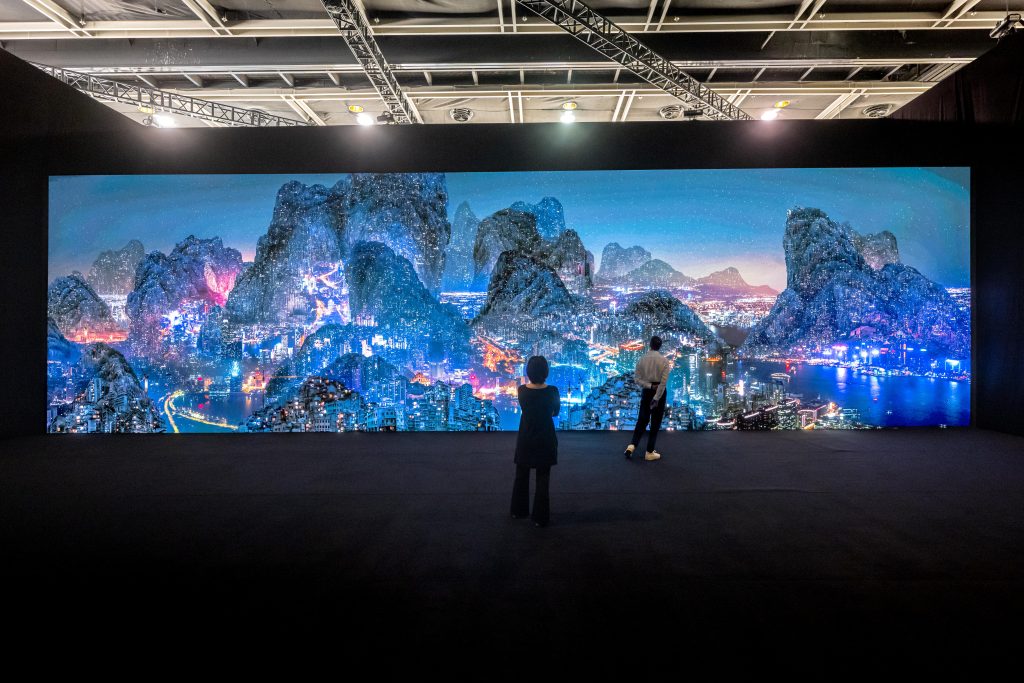With Art Basel Hong Kong, Art Central and a plethora of art programs lined up this month and beyond, the interest in art is clearly high based on the turnout to these events. Art Basel HK had 86,000 attendees over five days, its largest edition since 2019. But buying art can still be intimidating to many, especially for first-time buyers. David Ho speaks to galleries for tips on what to look out for when investing in art

Potential buyers should start by clarifying their intention for buying a piece, urges Wendy Xu, general manager for Asia at White Cube gallery. “If it’s for investment, there are lots of variables. Even though there is investment value in art, it’s contingent on the economic situation at the time,” says Xu.
“Be clear on your budget and start with an “affordable” first piece. Clearly, affordable is different for many people but I’d say a healthy range would be anywhere from HK$ 30,000 to HK$ 50,000 for an 80cm x 100cm painting,” says Matt Chung, the founder of Gallery Ascend.
But once one has decided to go ahead with it, Xu’s tip is to check it out in person first, if possible, rather than just buying it online or from a catalogue. “A lot of times, art will strike differently in person. Each painting has a different energy and will attract different people,” says Xu. “So be sure to appreciate it in person first.”
Vincent Wu, the founder and CEO of Curator Style gallery, cautions potential buyers to beware of fakes and imitations when purchasing art from popular artists. “Clearly, a copy would not have as much investment value. Do your research and find out how to verify an authentic copy, how many copies exist, the artist’s signature technique, and so on,” says Wu.
A good way to do so is by learning from those in the know. “Speak to as many people as possible – like curators, art advisors, and galleries – and attend art fairs to learn as much as you can,” he adds.

The simple economics of demand and supply also prevails in art investments. “If an artist is posting 200 paintings per year, it’s always healthy if the artist isn’t doing too many shows per year,” says Gallery Ascend’s Chung.
It also helps to look at how influential collectors build their collection. “It’s not to copy what they are collecting, but to learn what they are looking out for and know what they consider good art to be. This way, you know what’s happening in the art world before you make your first purchase,” says Chung.
“Also, do your research and see who the artist has worked with before. Knowing the galleries that they have collaborated with is a good gauge to know what you are getting yourself into if you are thinking of it in investment terms.”
A way to get a good deal on art is to develop an eye for “artists with potential,” according to Cindy Tai, assistant manager of admin and operations at Artspace K. She suggests buying works from artists early in their career as it not only gives them much needed support, but it can also provide great investment value.
People should ultimately go with their instincts and preferences, rather than the buzz. “Buy art with your eyes, not your ears,” suggest Julia Li, De Sarthe gallery’s director for mainland China. Going by the hype can also be risky, as evident by the crash in crypto and Non-Fungible Token (NFT) art in recent times.

Every person #legend spoke to agree on one thing: buy art that speaks to you.
“Buy art that you actually like,” says Kayla Dahee Kim, international sales manager for Kaikai Kiki Co. Ltd., which handles many of Takashi Murakami’s art merchandise. “Getting something you like is just as much an investment in art as it is in yourself.”
Also see: Galleries weigh in on Hong Kong’s post pandemic art scene























































